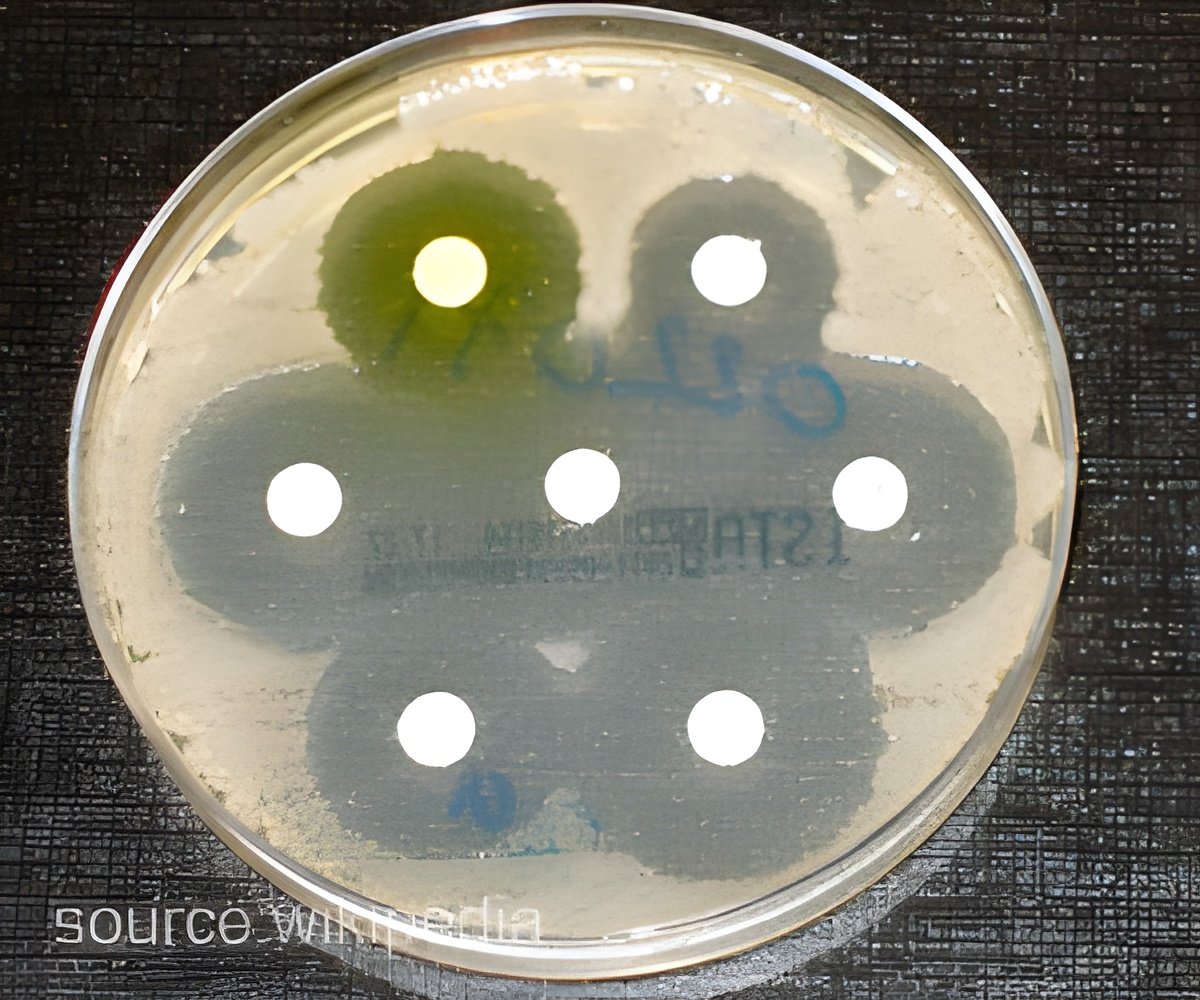Combined resistance to several antibiotic groups continued to increase, and patients infected with multidrug-resistant bacteria have limited treatment options.

‘Antimicrobial resistance is increasingly widespread in the European Region, and effective infection prevention and control is one of the most powerful weapons to address this global health threat.’





In 2016, combined resistance to several antibiotic groups continued to increase for Escherichia coli and Acinetobacter species. This situation is of great concern as patients infected with these multidrug-resistant bacteria have very limited treatment options. Vytenis Andriukaitis, European Commissioner for Health and Food Safety, said: "with increasing resistance even to last-line antibiotics we face a frightening future where routine surgery, childbirth, pneumonia and even skin infections could once again become life threatening. To preserve our ability to effectively treat infections in humans and animals, we need to bridge differences between EU Member States and raise the level of all of them to that of the highest performer". He added: "that is the key objective of the new EU One Health action plan against AMR adopted this June. It focuses on areas that support and add value to Member States' actions to deliver innovative, effective and sustainable responses to AMR. It is only by working together at European and international level, collaborating and cooperating across all relevant sectors, that we can control and reverse AMR".
For Escherichia coli, combined resistance, measured as resistance to fluoroquinolones, third-generation cephalosporins and aminoglycosides, increased significantly between 2013 and 2016. Furthermore, in 2016, high percentages of Acinetobacter species isolates, with combined resistance to carbapenems, aminoglycosides and fluoroquinolones, were reported in southern and south-eastern Europe, as well as the Baltic countries.
Nevertheless, it is encouraging to see that long-term efforts are slowly leading to positive results and that it is still possible to reverse the trends: the latest ECDC data indicate that the overall resistance situation for Klebsiella pneumoniae seems to be stabilising in Europe, although this was not always observed at national level, with some countries still showing an increase in combined resistance. Furthermore, the percentage of meticillin-resistant Staphylococcus aureus (MRSA) further decreased between 2013 and 2016. However, MRSA remains an issue as 10 out of 30 countries still report high percentages.
Andrea Ammon, ECDC Director, stated: "even though we are starting to see some slight progress, we need to remain vigilant and work even harder to reduce the levels of antibiotic resistance. There are still significant increases in combined resistance for Escherichia coli and Acinetobacter species throughout Europe, and this situation is of great concern as patients infected with these multidrug-resistant bacteria have very limited treatment options". She added: "prudent antibiotic use and comprehensive infection prevention and control strategies targeting all healthcare sectors are fundamental. This is why today, ECDC is also launching its guidance on carbapenem-resistant Enterobacteriaceae".
Advertisement
Source-Eurekalert















